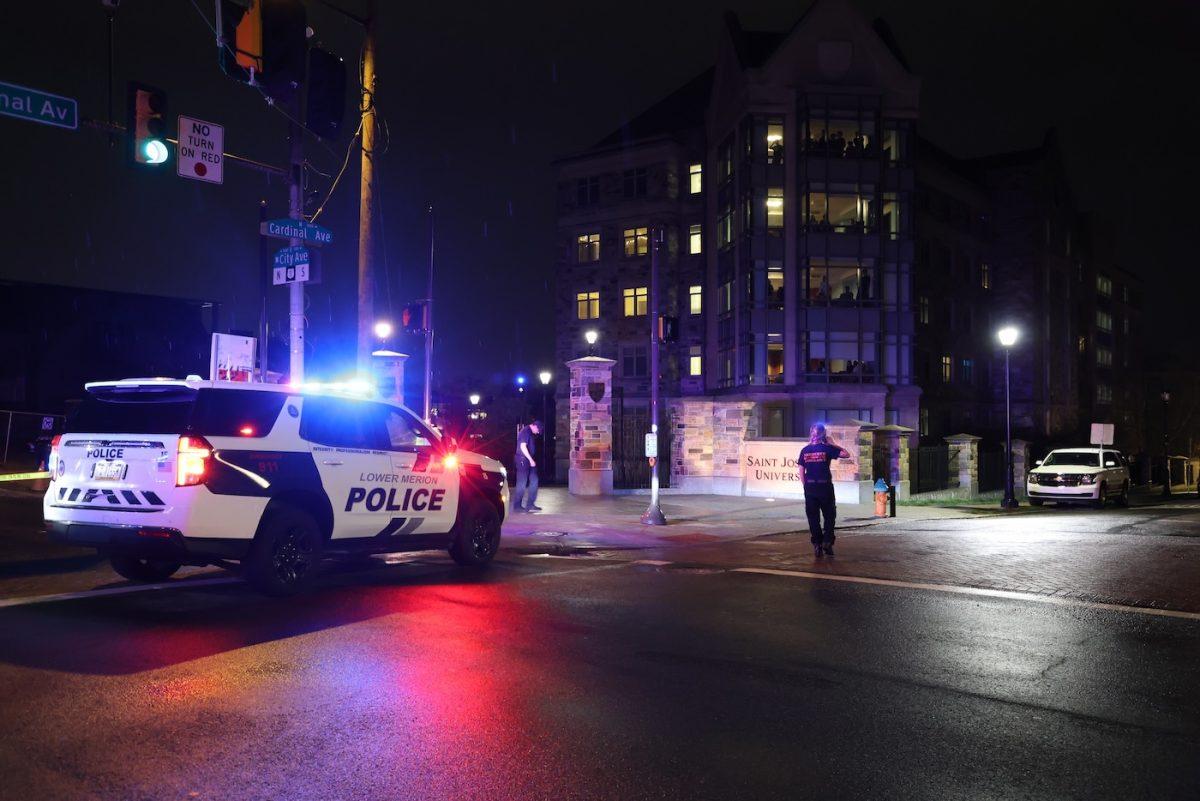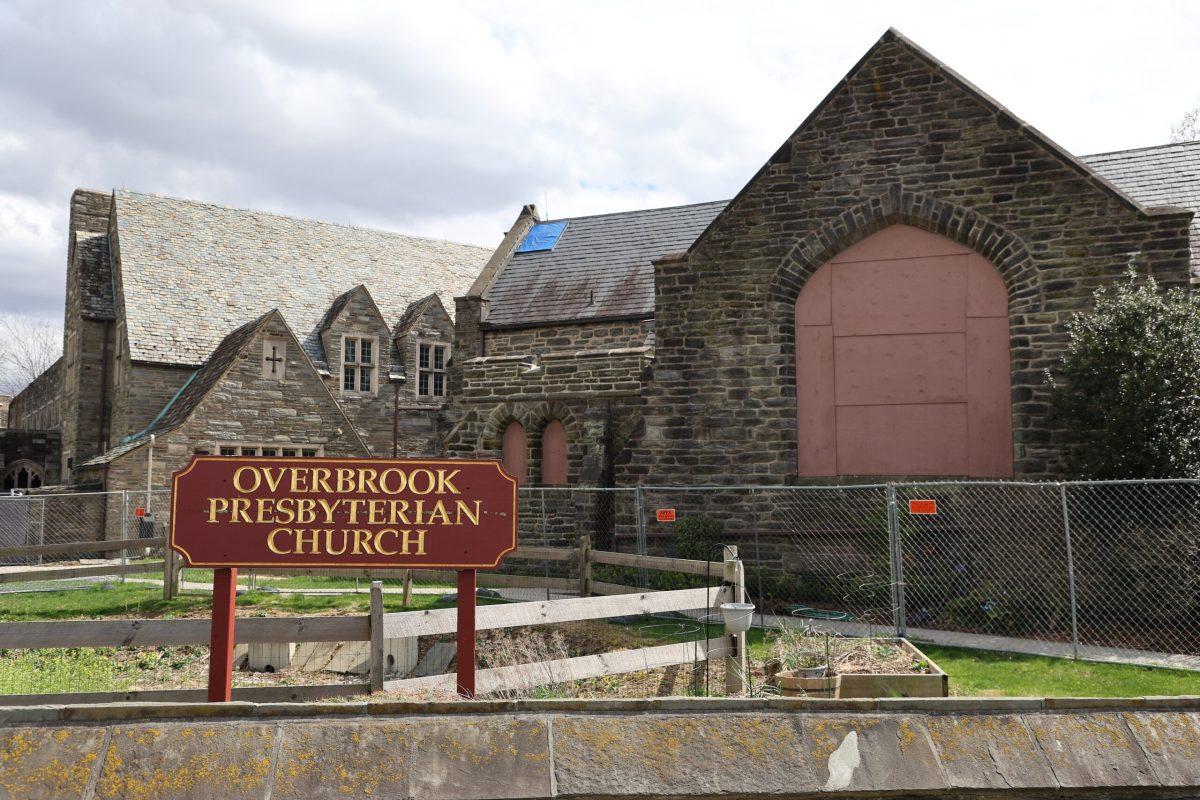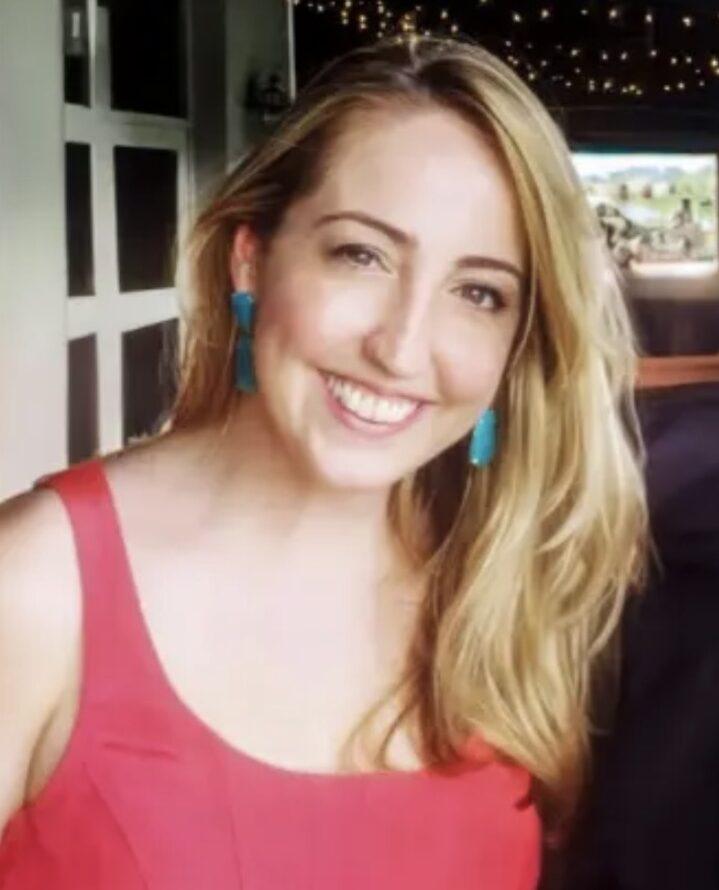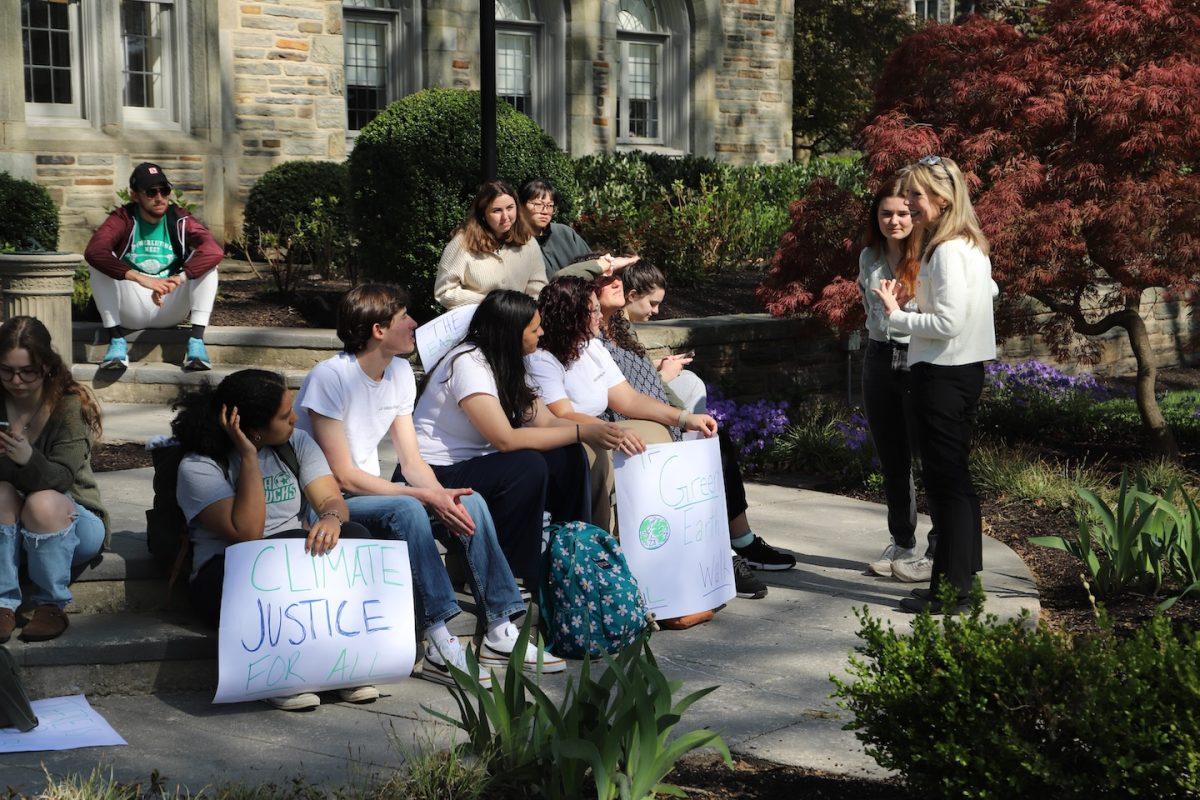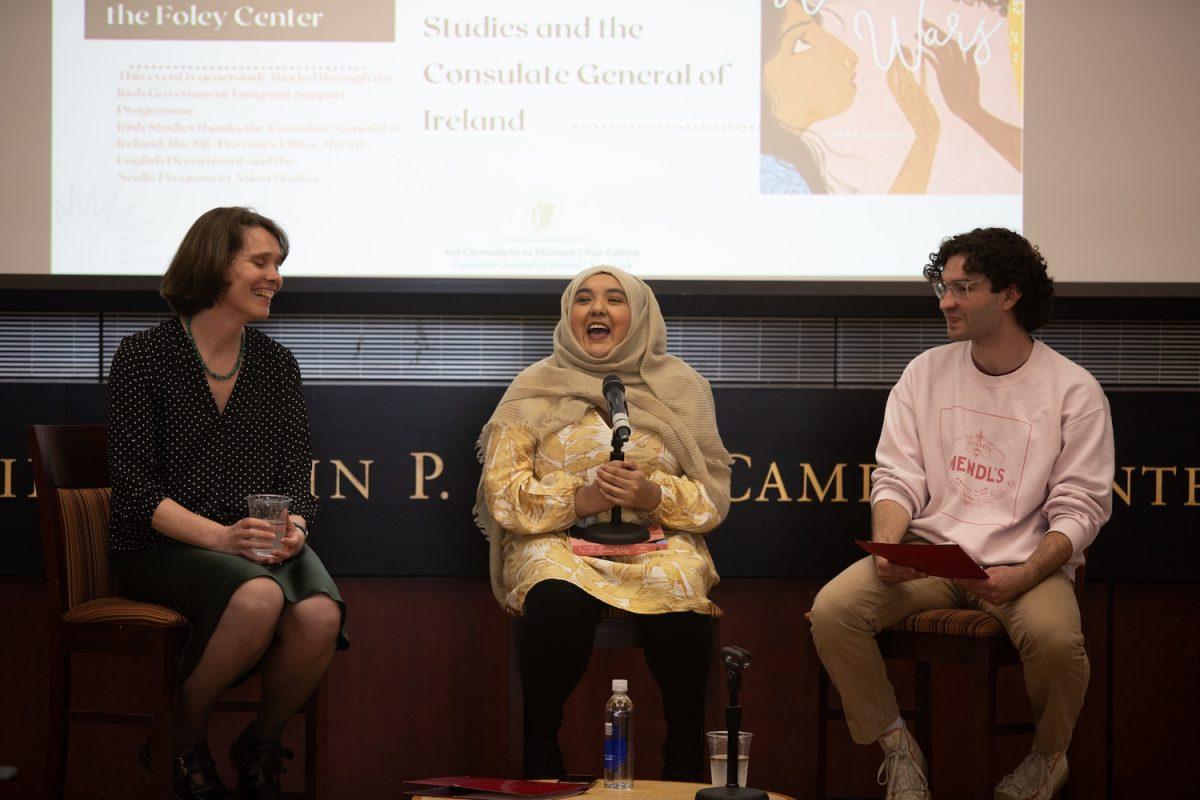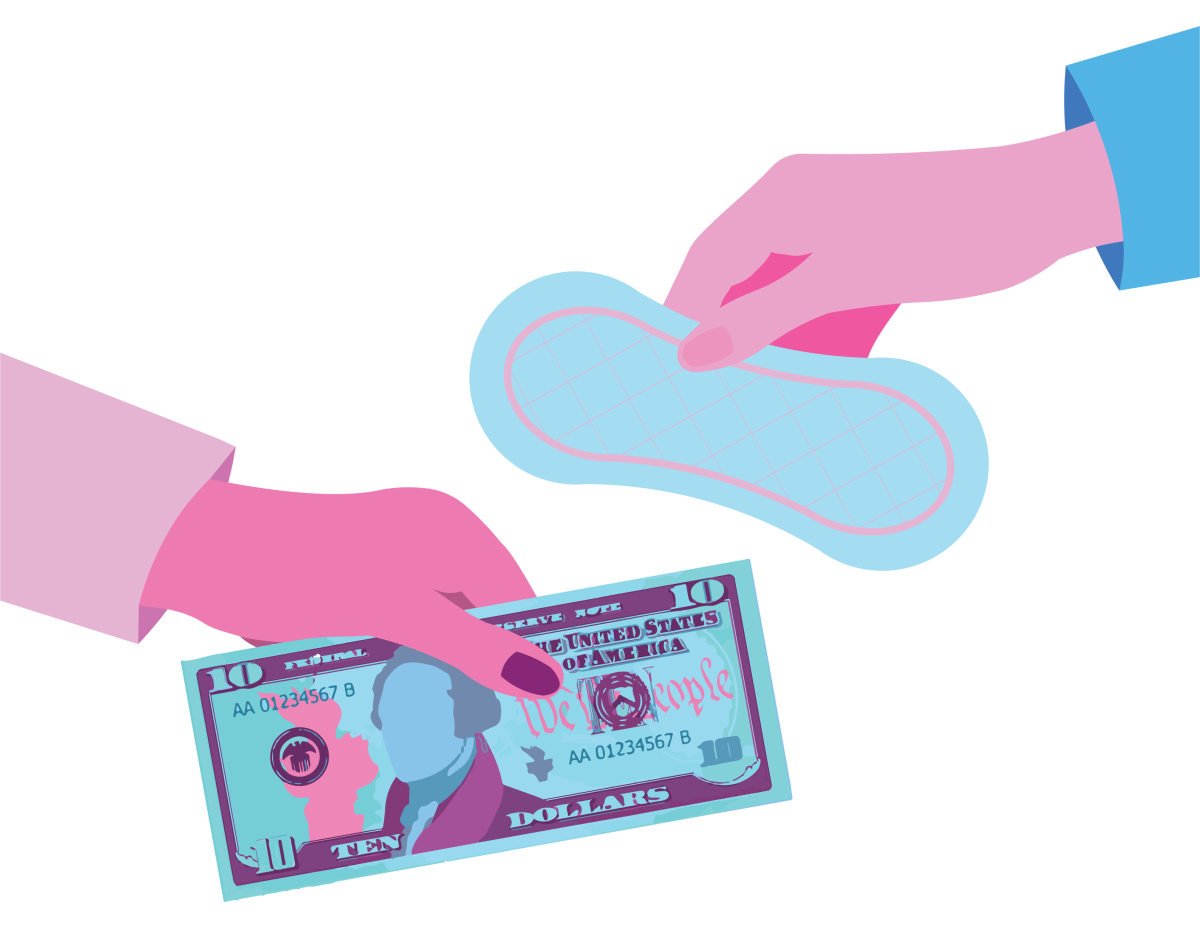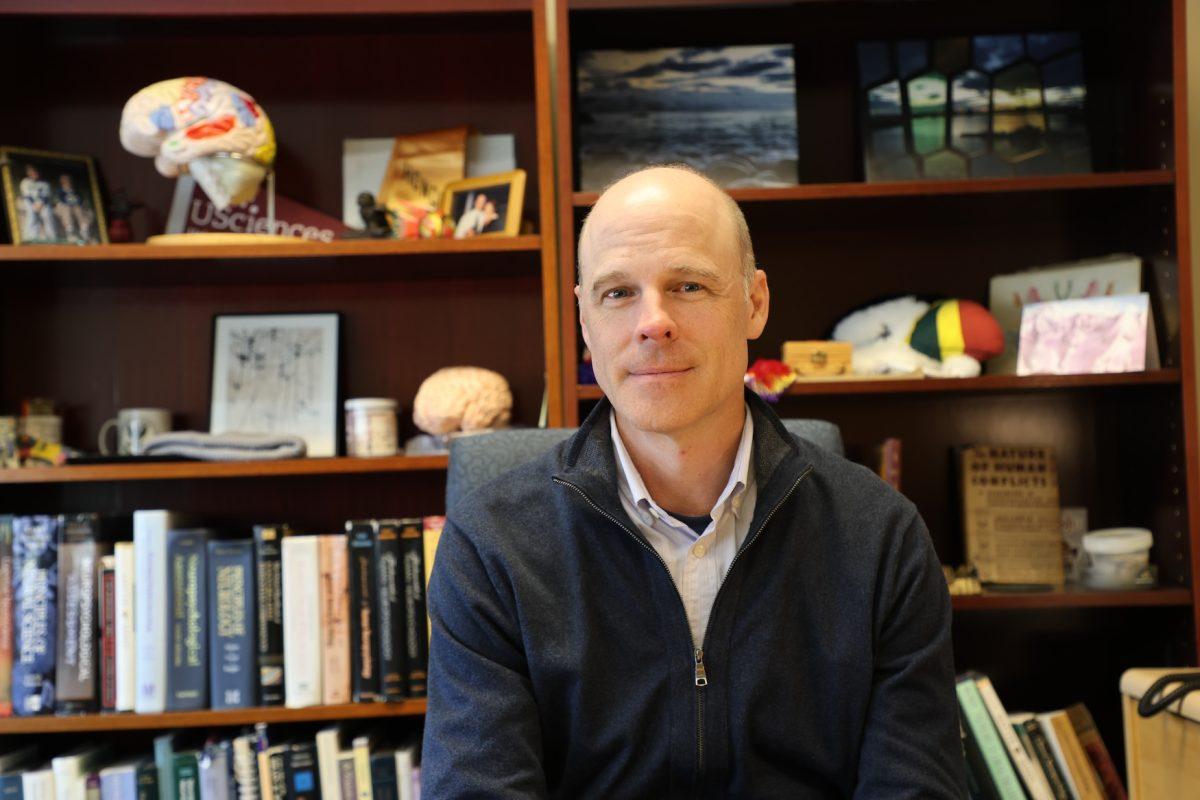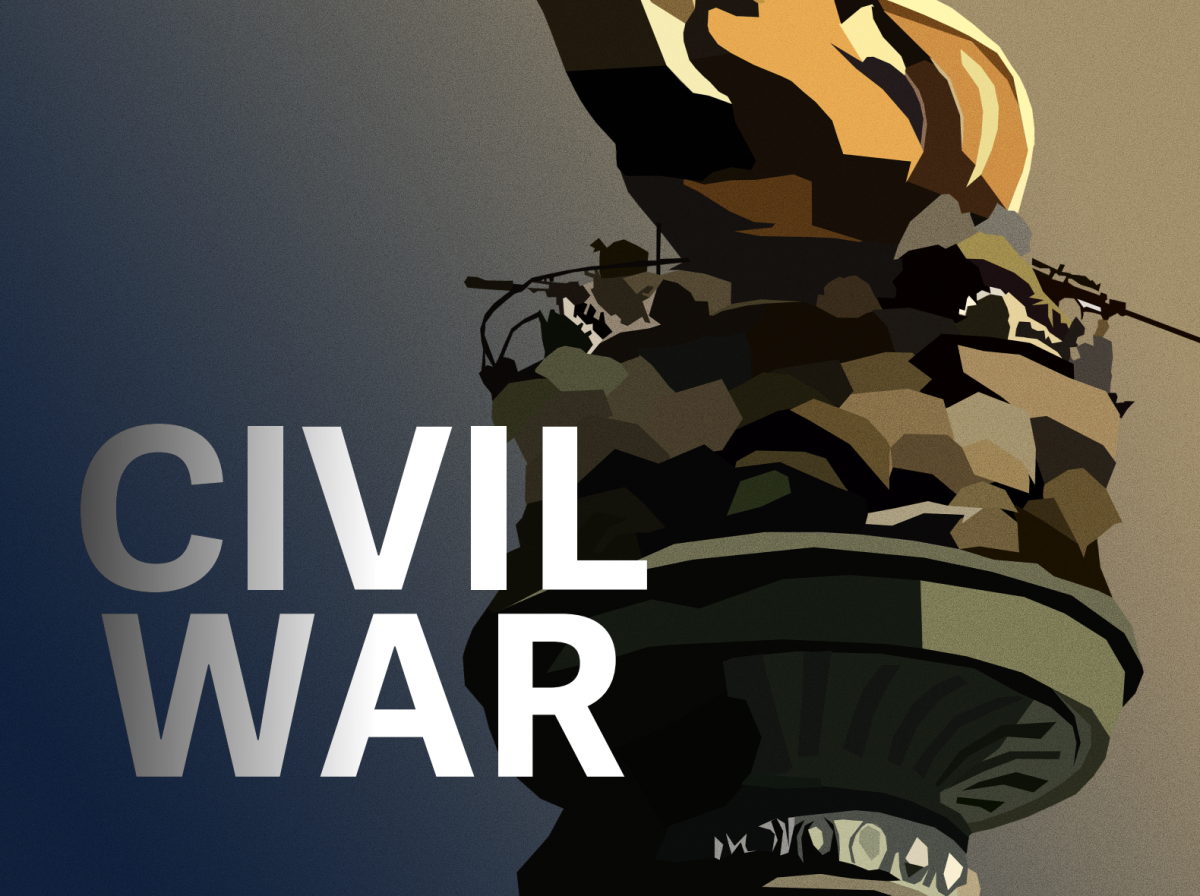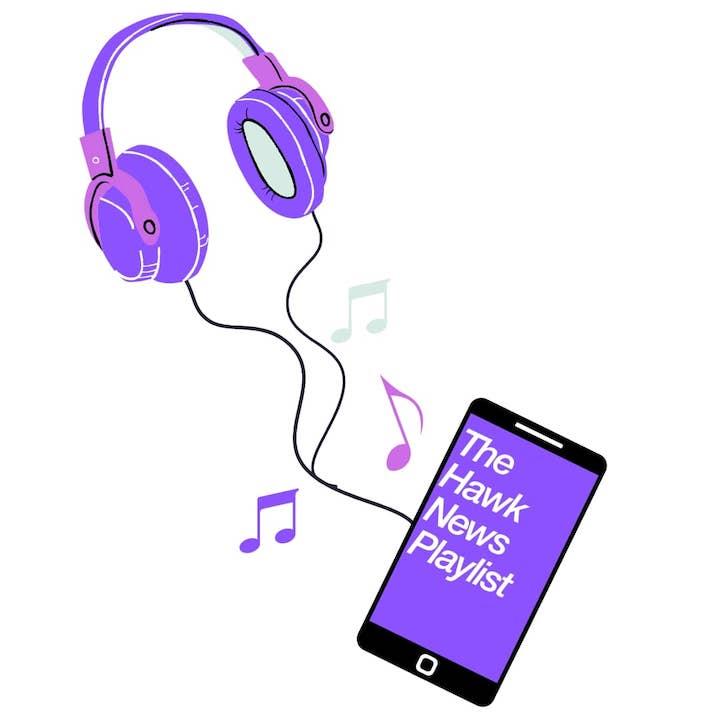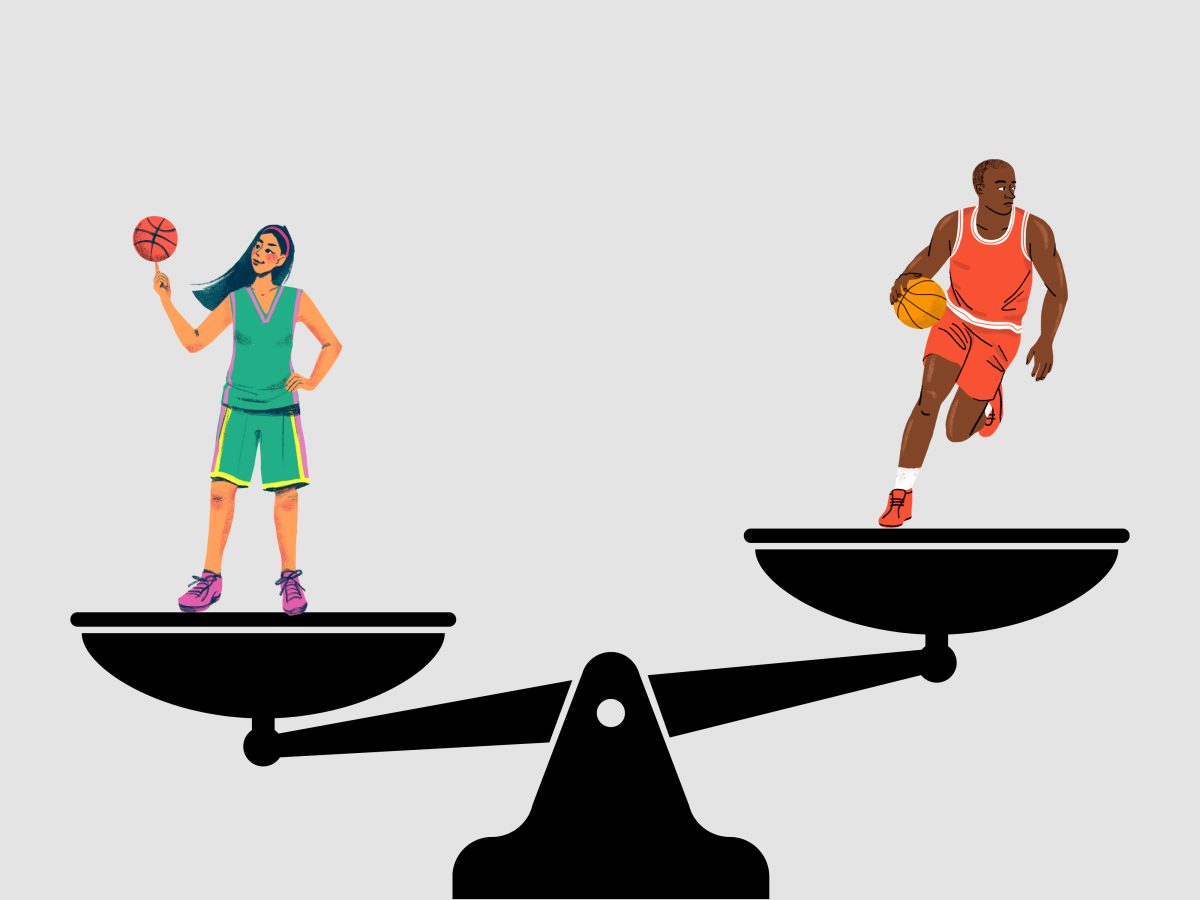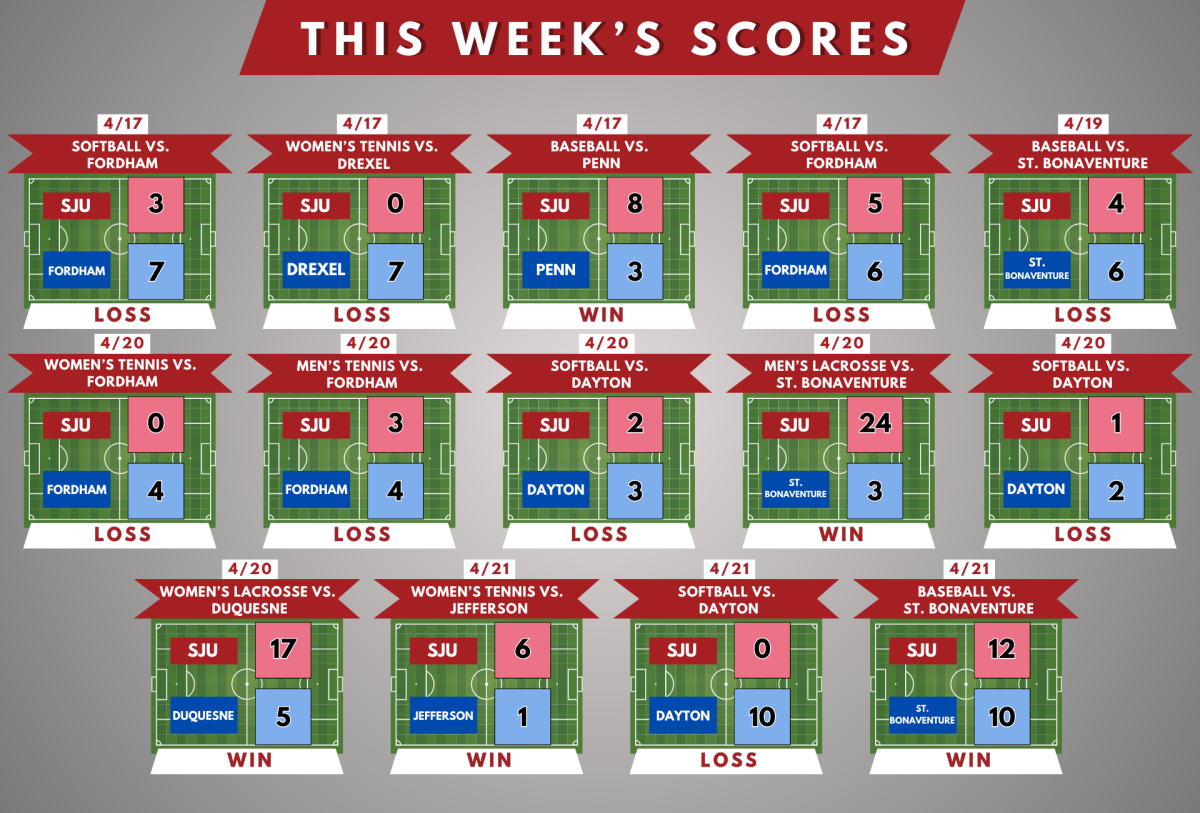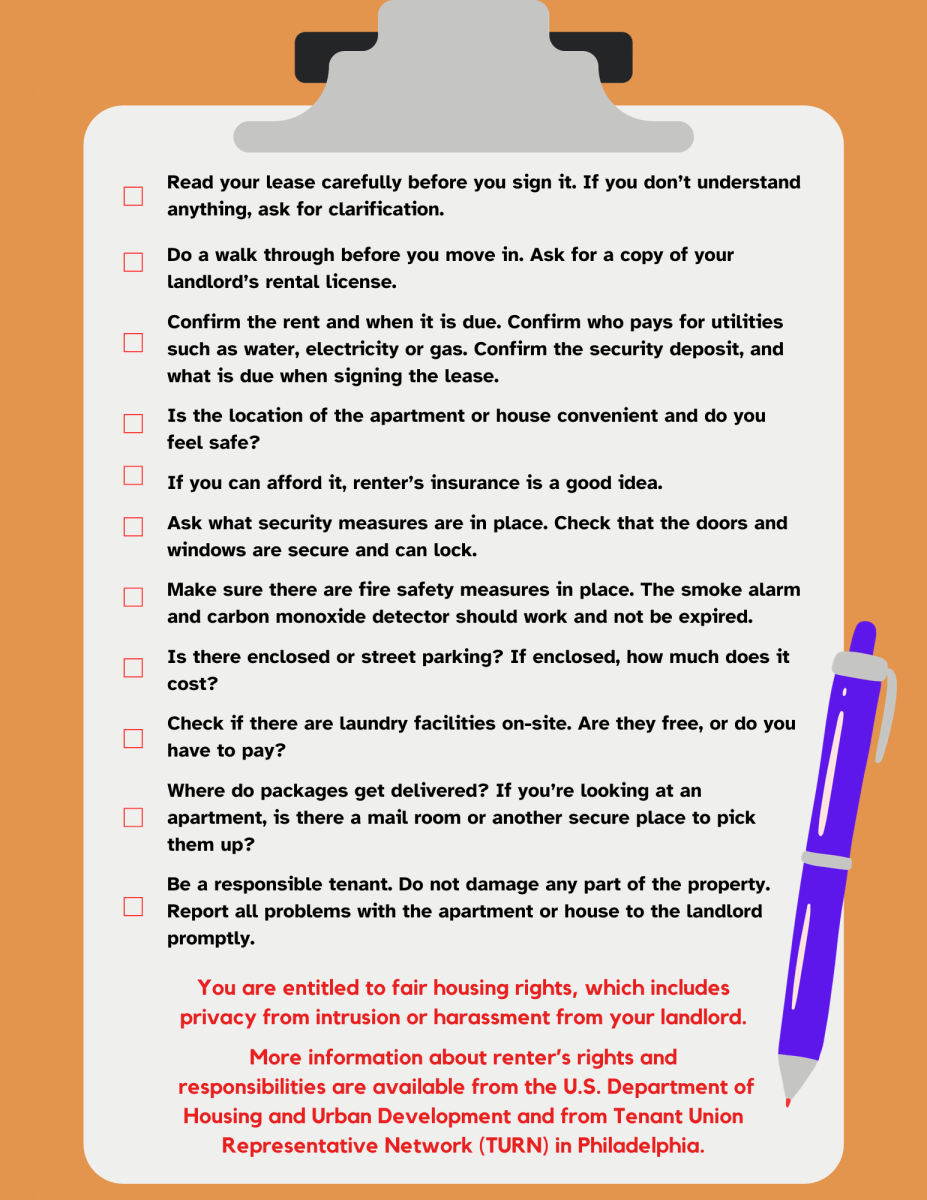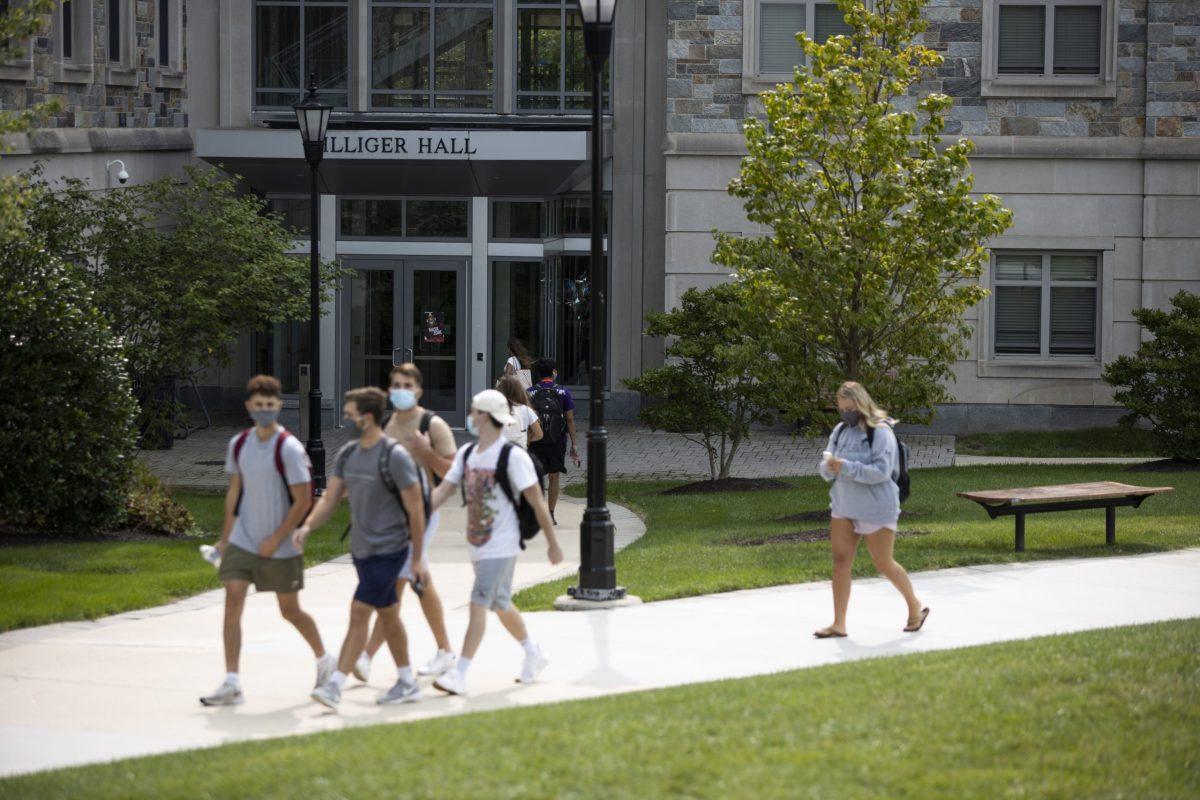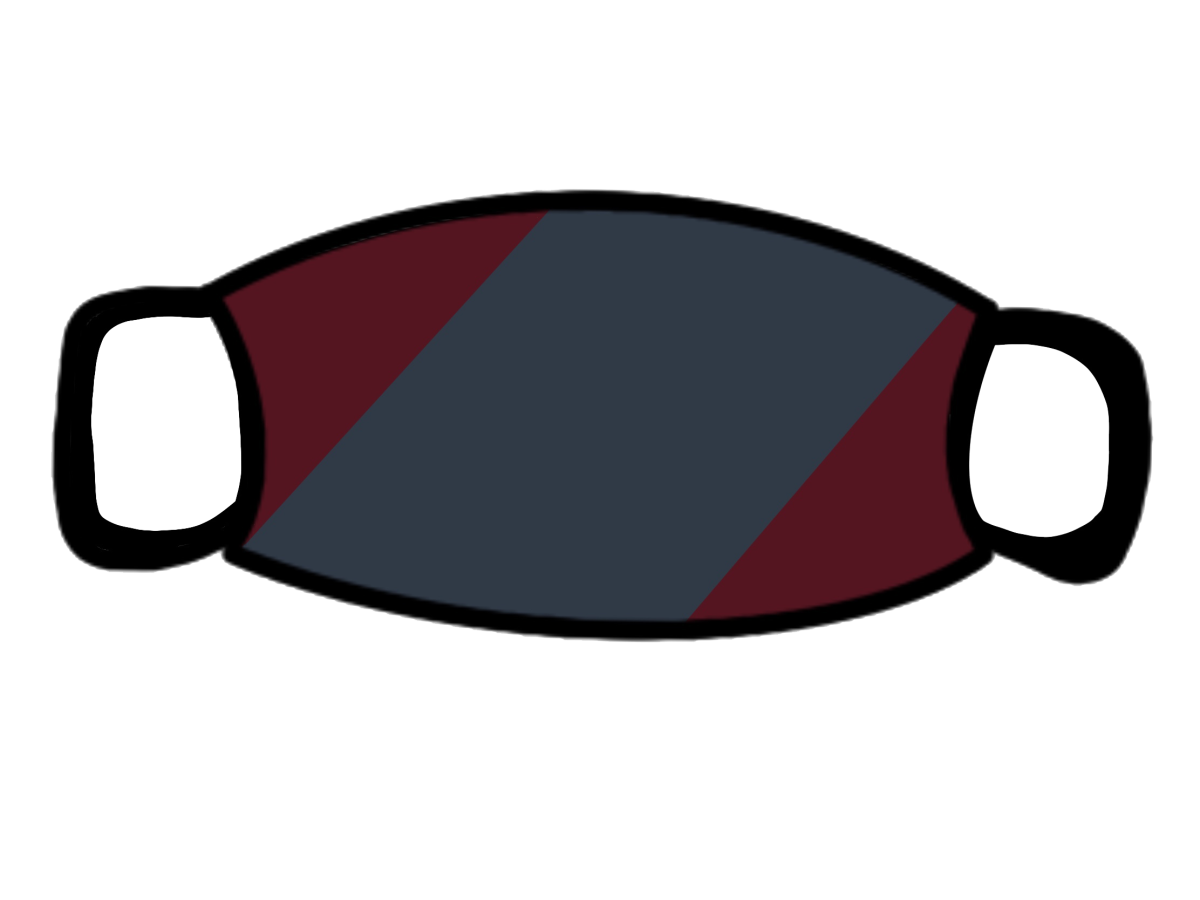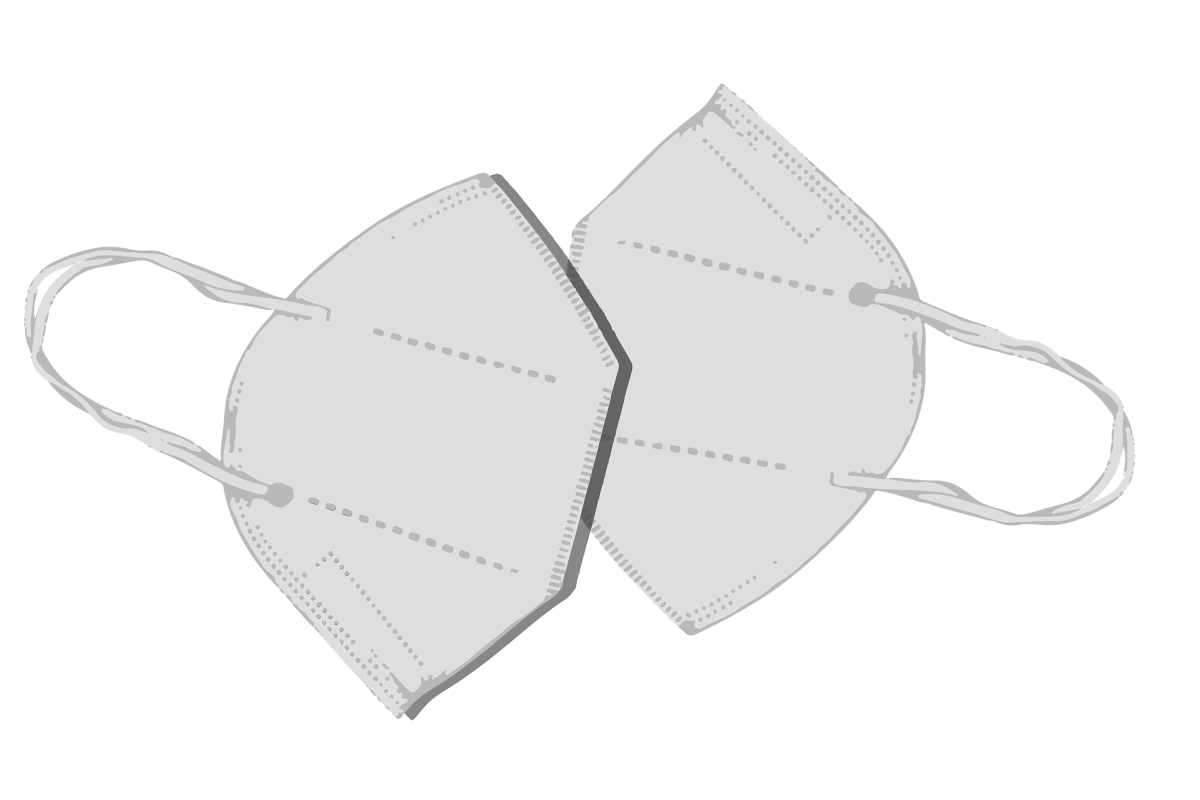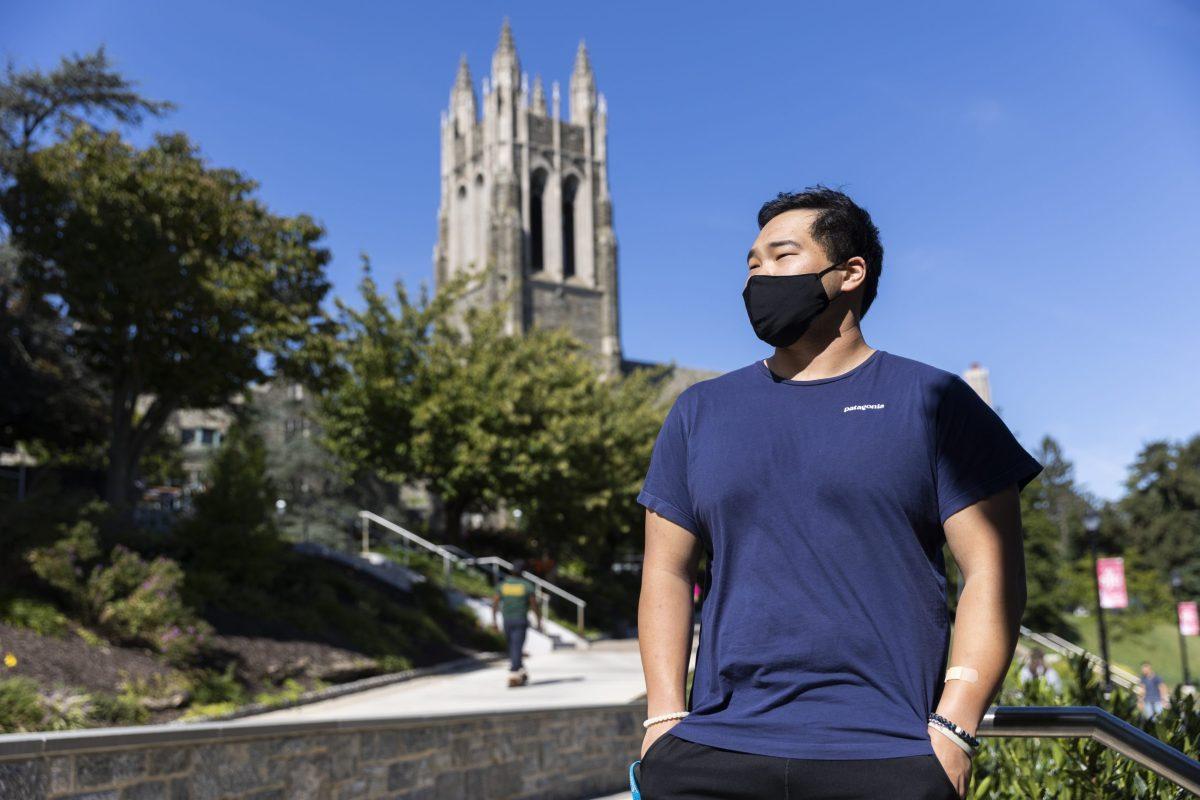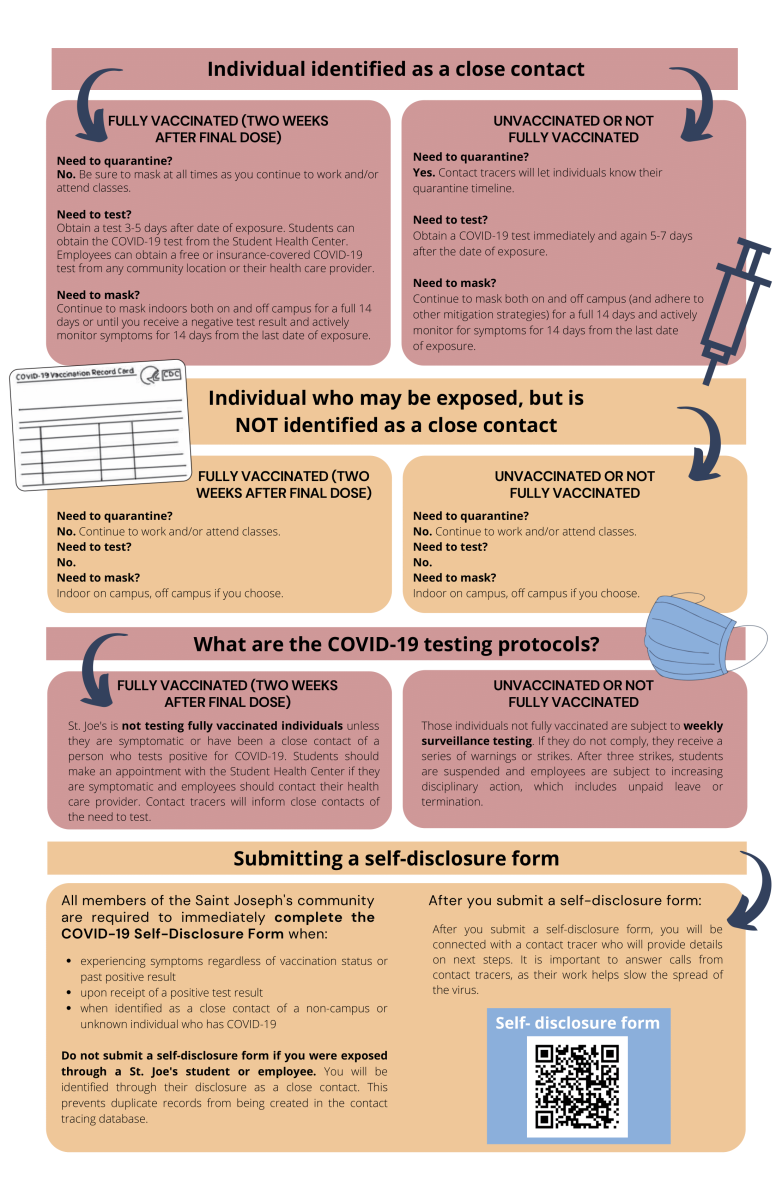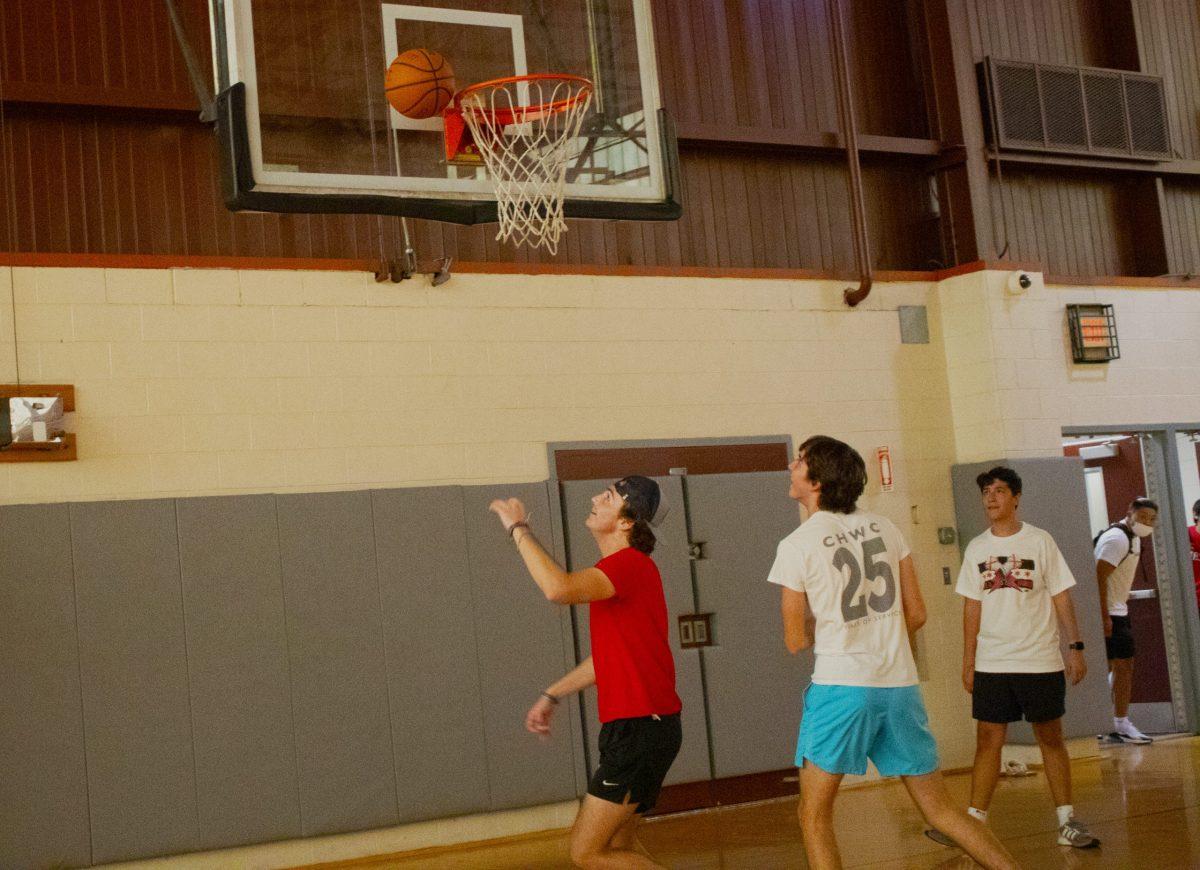The university enhanced its contact tracing measures to deal with the increase in COVID-19 related cases on campus. As of Sept. 14, the university had a total of 67 cumulative cases, according to St. Joe’s COVID-19 Dashboard.
There are now nine full-time contact tracers, five part-time and two supervisors, all of whom are members of the St. Joe’s staff and administration, Kelly Welsh, executive director of communications, wrote in response to questions from The Hawk. Welsh added that all contact tracers completed the Johns Hopkins University contact tracing course.
As of Sept. 11, the university’s contact tracers had “been in touch with over 500 individuals” though “not every contact is a candidate for quarantine or isolation,” Welsh wrote.
The team of contact tracers serve approximately 1,738 residential students and about 2,800 students living off campus, Welsh wrote.
“Contact tracers are equipped with University-issued mobile phones and computers,” Welsh wrote. “They continue to earn their regular salaries and their usual workloads have been scaled back.”
Contact tracing, first implemented at St. Joe’s on Aug. 18, is the process in which trained individuals keep track of who is at risk for contracting COVID-19 based upon who has tested positive already.
According to the Center for Disease Control and Prevention (CDC), someone who is considered a close contact to an individual infected with COVID-19 is “any individual who was within 6 feet of an infected person for at least 15 minutes starting from 2 days before illness onset (or, for asymptomatic patients, 2 days prior to positive specimen collection) until the time the patient is isolated.”
Cheryl McConnell, Ph.D., provost and vice president of Academic Affairs, said the university begins the process of determining who needs to quarantine or isolate with contact tracing, after which the Office of Residence Life helps to facilitate a move if students choose to stay on campus.
“The contact tracer is the one that makes the determination of whether someone is a close contact, and then the isolation and quarantine process begins from there,” McConnell said.
St. Joe’s reported varying experiences with contact tracers who called to let them know they had been in close proximity to someone who tested positive for COVID-19.
Julianne McGuire ’23, who was diagnosed with COVID-19 on Aug. 26 and went home to quarantine, said she had a positive experience with her contact tracer, and found the process fairly simple. McGuire said although the thought of dealing with COVID-19 was stressful, she was appreciative that the contact tracers were doing what they could do to help.
“[My contact tracer] was very willing to help me if I needed help with anything or guidance or if I wanted to just talk,” McGuire said. “I spent almost an hour on the phone with some of these people every single day, so it was nice that they were able to take the time out of their day to not only ask me who I was in contact with, but also to see how I was doing.”
Ashley Leone ’24, who lives in Villiger Hall, said her friend began to show COVID-19 symptoms on Sept. 2. Two days later, Leone, her friend and a third friend decided to go to an urgent care facility off-campus to get COVID-19 tests. Each test cost $75. Both of Leone’s friends tested positive. Leone tested negative at the time.
“I was just in my dorm trying to figure everything out and calling my mom,” Leone said. “Then I got a call from a contact tracer who basically just explained that I either have to go to Sourin, or I have to go home. She just gave me really basic information.”
Even though the university posted a list of what students should bring when making the transition to quarantine, on the Hawk Hill Ready website, Leone said she was too distressed to remember the advice. She said neither her contact tracer nor the representative from Residence Life who called her told her how to make the transition into Sourin Hall.
“I didn’t know I needed bedding, so I had to go back and forth and there wasn’t a cart,” Leone said. “It was just really stressful because I was lugging all of my stuff. It just didn’t cross my mind in the midst of that, and I forgot all my textbooks and everything too, so it’s been stressful.”
Leone left Sourin Hall after one day to quarantine at her parents’ home where she went for a COVID-19 test, which came back positive. She continued to quarantine for another 10 days. Leone said she did not hear back from a university contact tracer.
“I think they could have done better because they just, basically, told me to go in [to Sourin], and that’s it,” Leone said. “If I leave, I tell them, but they never told me what happens when I come back to campus. I had to call the Health Center [for that].”
After quarantining at the Homewood Suites for seven days, Aidan Dowling ’23 said he left the hotel and quarantined at his permanent home for the remaining three days. He said he wasn’t sure who exactly granted him permission to do so.
“I asked [my contact tracer] how I would go about leaving and she told me she would take care of it,” Dowling said. “No one stopped or questioned me when I left [the hotel].”
McConnell said students have a choice whether they utilize a university quarantine space or quarantine in their permanent home.
“If a student and the family decide to go out of university quarantine into home quarantine, we absolutely are amenable to that, if it can be done safely,” McConnell said. “If it’s not, if there’s somebody vulnerable in the house or if the family is not amenable to that, then we certainly wouldn’t facilitate that. But they absolutely can go home.”
Dowling already received his negative test results before going to quarantine at his permanent home. But McConnell said that a student does not need to wait to get their test results back before transitioning to isolate or quarantine in their permanent home.
Although the number of students testing positive and the number of students in quarantine or isolation shifts daily, McConnell said the university is streamlining the process of bringing people back to campus if they choose to come back.
“We actually have enough students coming out of quarantine now that we’ve designated one individual for a return coordinator,” McConnell said. “We have a returning coordinator now who is facilitating those students that are coming out of isolation and quarantine back into the university community.”
The Hawk reached out to three contract tracers to talk about their personal experiences with their new roles and responsibilities. Each contact tracer redirected The Hawk’s request to the Office of Marketing and Communications. In response to a question from The Hawk about whether contact tracers were allowed to talk to The Hawk, McConnell said there was no restriction.
“There’s no prohibition,” McConnell said. “It would be up to [the contact tracers].”
Leone said she understands the university is currently addressing the spread of COVID-19 on campus reactively, and contact tracers are trying to keep up.
“[My contact tracer] was just given a script, I feel like, and did the best she could,” Leone said.

